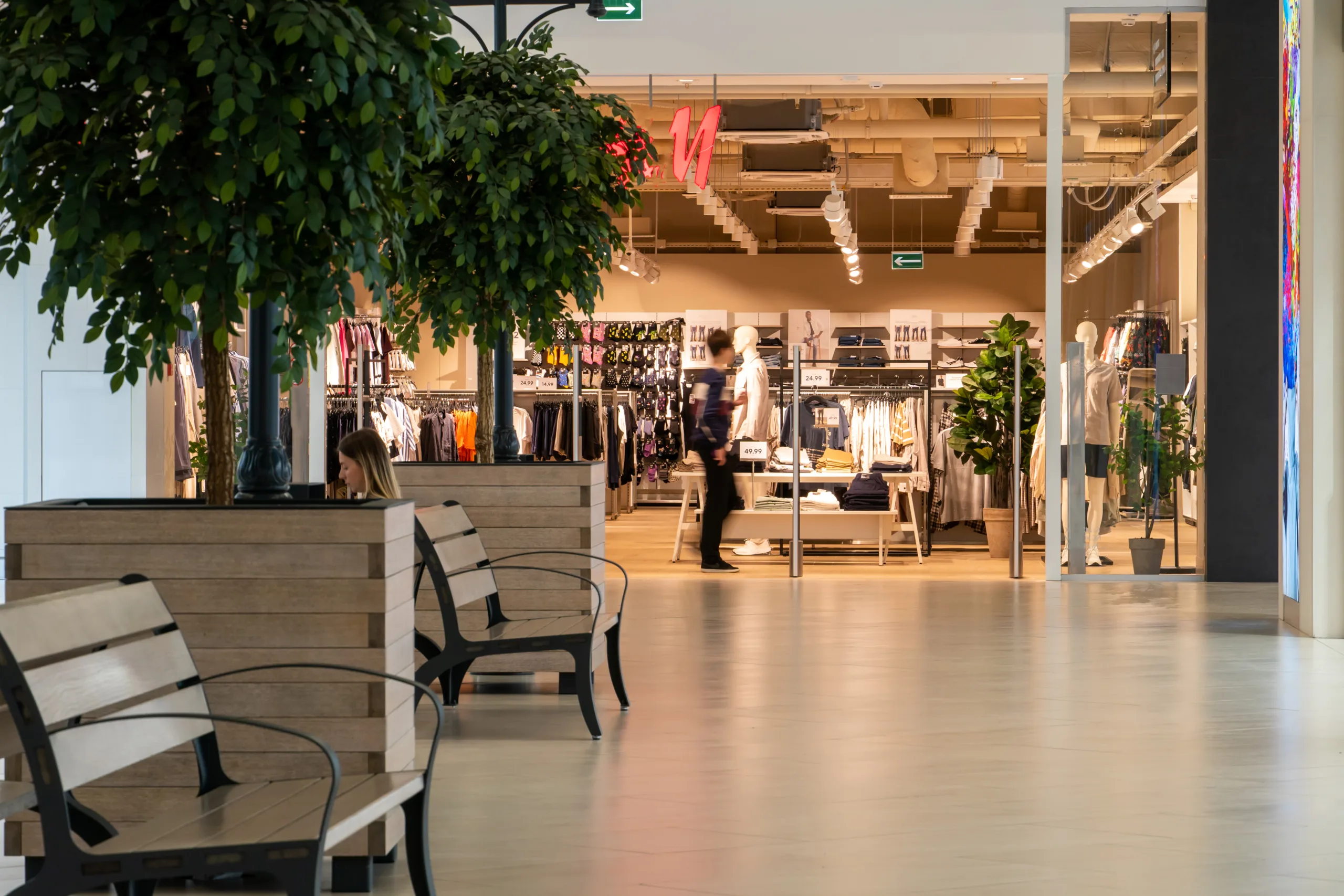- 77% of Americans believe tariffs will affect their household finances, with many already altering shopping habits.
- 61% of consumers have purchased cheaper brands to counter rising prices, especially on groceries and clothing.
- New US tariffs, set to begin August 1, could deepen the impact on consumer budgets and back-to-school spending.
Tariffs Hit Home
A growing number of US consumers are feeling the pinch from tariffs, reports Retail Dive. According to a new Savanta survey of 1K adults, 77% expect tariffs to strain their finances. Additionally, 71% have either changed or are considering changing what they buy in response.
Brand Switching And Budget Shifts
Consumers are responding in real time: 61% have turned to lower-cost brands, and 41% report that tariffs are already disrupting their household budgets. Two-thirds of respondents said grocery prices have risen, and 42% have seen hikes in clothing costs.
Get Smarter about what matters in CRE
Stay ahead of trends in commercial real estate with CRE Daily – the free newsletter delivering everything you need to start your day in just 5-minutes
Retail’s Pricing Puzzle
Retailers are facing a difficult decision—whether to absorb tariff costs or pass them on to consumers. Analysts say product mix, pricing strategy, and consumer behavior are all under review as companies prepare for the next wave of tariffs.
Back-To-School Sticker Shock
With school shopping season underway, 73% of parents expect to pay more for supplies this year. The increase is due to tariffs and lingering supply chain issues. The average spend is projected at $378 per child, up 21.5% from $311 last year, according to Coresight Research.
Policy Pressures Mount
The latest pressure comes from newly announced US tariffs ranging from 25% to 40%, set to go into effect August 1. The levies target imports from several countries, following a 90-day pause in trade measures.
Why It Matters
Savanta’s analysts note that Americans may not follow every trade update, but they feel the effects in their wallets. As Savanta’s Kyle Gollins put it: “What used to be a geopolitical lever is now a household pressure point.”
What’s Next
As tariff policies evolve, expect further changes in consumer behavior. For retailers and policymakers alike, understanding—and anticipating—these spending shifts will be critical in navigating the months ahead.
















